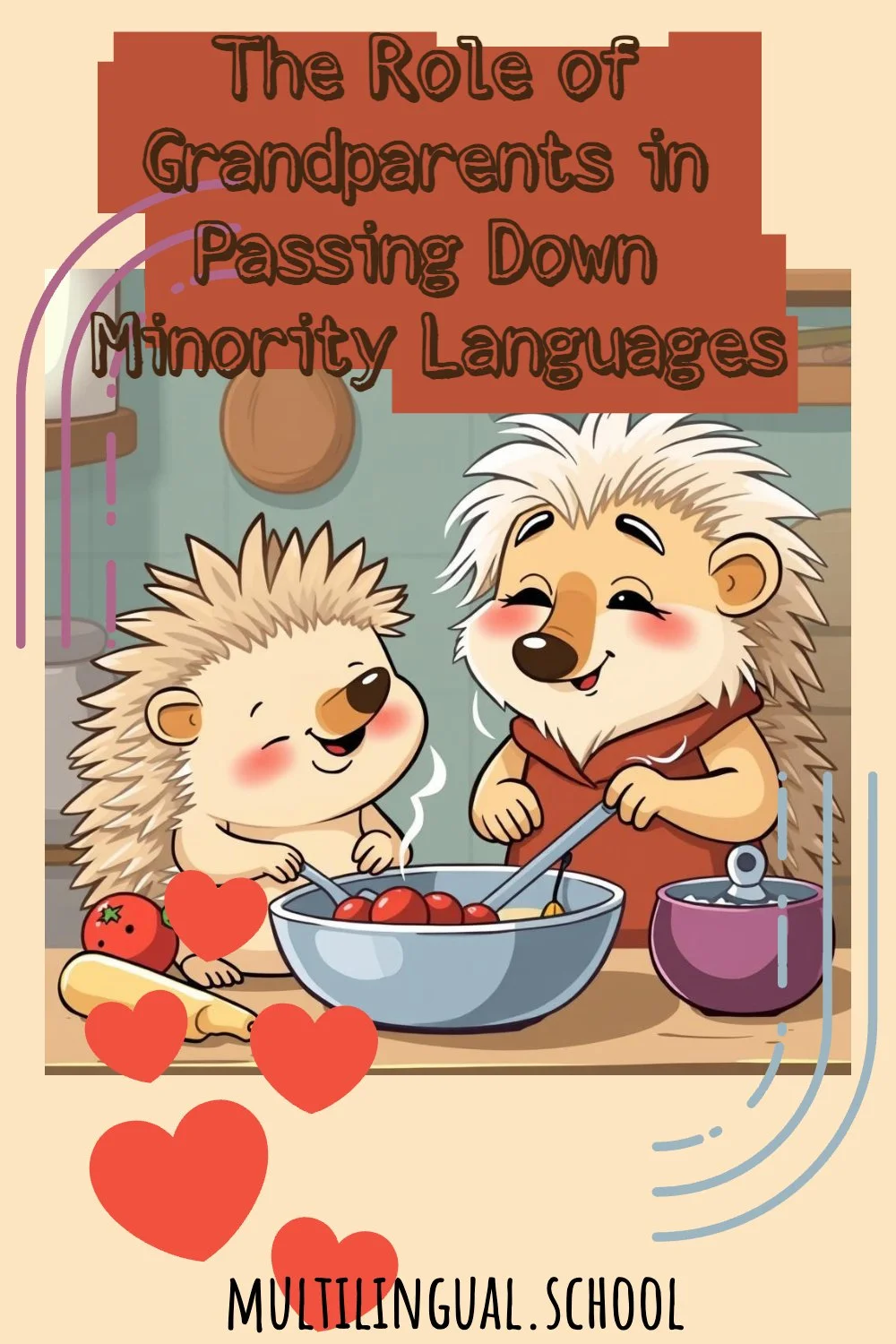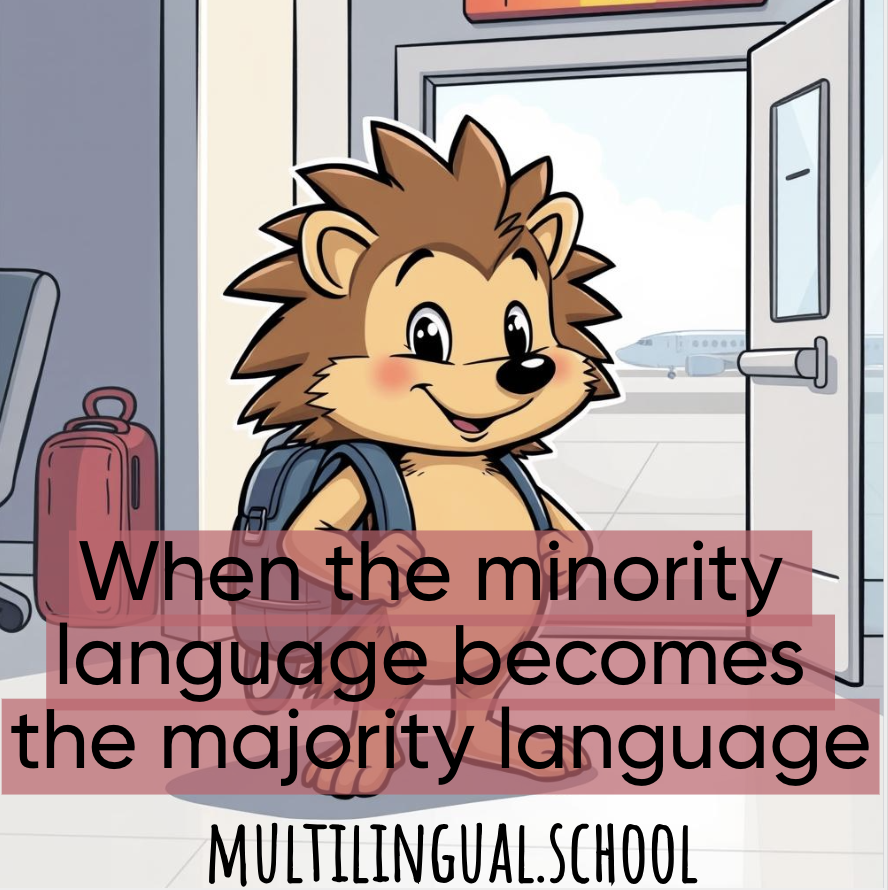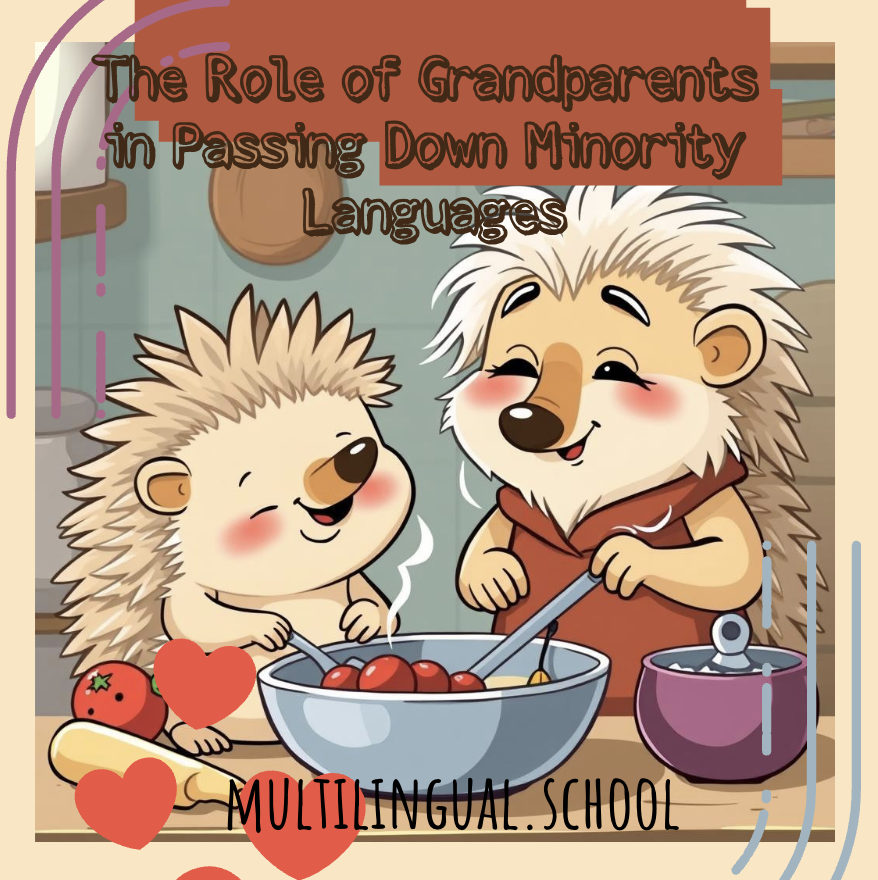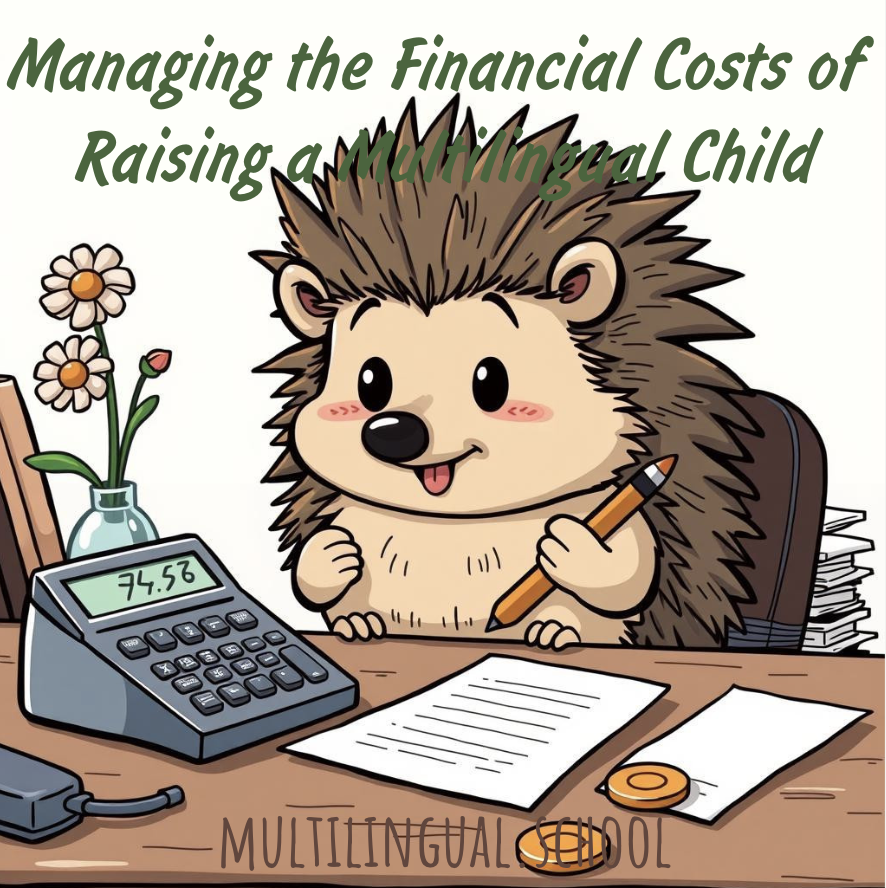The Role of Grandparents in Passing Down Minority Languages
This post may contain affiliate links, which means that I may receive a commission if you make a purchase using these links. You do not pay a higher price.
How grandparents can help keeping the minority language alive
In the tapestry of a multilingual family, grandparents are the golden threads, weaving together language, culture, and heritage with a warmth that only they can provide. For children growing up in multilingual households, especially those balancing a minority language against a dominant one, grandparents are more than just storytellers or caregivers—they are living bridges to a family’s roots. Their voices carry the cadence of ancestral languages, their stories the weight of cultural traditions. By involving grandparents in the language-learning journey, families can nurture not only fluency but also a deep sense of identity and belonging. Let’s explore how grandparents can play a pivotal role in passing down minority languages and share practical ways to make these moments meaningful, whether they’re sharing stories in person or connecting from across the globe.
The power of grandparents lies in their ability to make a minority language feel alive and personal. When a child hears their grandmother sing a lullaby in Tagalog or their grandfather recount tales of festivals in Polish, the language becomes more than words—it becomes a portal to family history. This emotional connection is especially vital for minority languages, which often compete with the dominant language of school or community. Grandparents bring authenticity and context, showing children that their heritage language is not just a subject to study but a vibrant part of who they are. For instance, my friend Elena, raising her children in Canada with Italian as their minority language, shared how her kids’ eyes light up when their nonna tells them about her childhood in Naples, sprinkling Italian phrases like “Andiamo al mercato!” into her stories. These moments don’t just teach vocabulary—they root the language in love and memory.
In-person interactions offer a wealth of opportunities to strengthen these ties. Grandparents can share folktales or family anecdotes, using the minority language to paint vivid pictures of their own childhoods or cultural traditions. Imagine a Saturday afternoon where a grandmother teaches her grandchildren to make pierogi while naming ingredients in Polish or a grandfather showing kids how to play a traditional game like sepak takraw while giving instructions in Malay. These activities are natural language lessons, blending hands-on fun with cultural pride. Even simple routines, like baking cookies or gardening together, become language-rich when grandparents narrate the steps in their native tongue, pausing to explain words or share a proverb. The key is consistency—regular visits or dedicated “language days” where the minority language takes center stage help children associate it with warmth and connection.
For families separated by distance, virtual connections can be just as powerful. Video calls have become a lifeline for multilingual families, allowing grandparents to remain active participants in their grandchildren’s lives. A weekly Zoom storytime, where a grandparent reads a picture book in the minority language, can captivate young listeners and reinforce vocabulary. For example, a grandmother in Mexico might read La Llorona to her grandchildren in the U.S., using expressive Spanish to bring the folktale to life. Grandparents can also record themselves singing songs or telling stories, creating a digital library that kids can revisit anytime. Interactive activities, like virtual cooking lessons where a grandparent guides children through a recipe in their heritage language, turn screen time into a cultural bridge. Even letter-writing or voice messages in the minority language can spark excitement—children love receiving personal notes from their grandparents, especially when they include a new word or phrase to learn.
The beauty of involving grandparents is that it’s not about perfection or fluency—it’s about presence. Grandparents don’t need to be language teachers; their stories, songs, and conversations naturally pass down the rhythms and sounds of the language. To make these moments even more impactful, parents can support by providing resources, like suggesting specific books or songs in the minority language, or setting up a schedule for regular calls or visits. It’s also important to celebrate small victories, like when a child repeats a phrase their grandparent taught them or proudly shares a cultural fact at school. These moments build confidence and show kids that their heritage language is a gift worth cherishing.
Of course, challenges may arise. Some grandparents may hesitate, feeling their language skills are rusty or worrying they’ll overwhelm the child. Others may live far away, making regular contact tricky. In these cases, patience and creativity are key. Encourage grandparents to start with simple phrases or stories, and use tools like translation apps or bilingual books to ease them in. For long-distance families, short, frequent virtual check-ins can be more effective than rare, lengthy visits. The goal is to make the language a joyful part of the child’s relationship with their grandparents, not a chore.
Involving grandparents in passing down a minority language is a journey of connection—one that ties generations together and roots children in their heritage. It’s about more than words; it’s about giving kids a sense of where they come from and the pride to carry their language forward. Whether it’s through a bedtime story told in Mandarin, a recipe shared in Arabic, or a virtual hug paired with a greeting in Swahili, grandparents have a unique ability to make minority languages feel like home. So, reach out to the grandparents in your family, near or far, and invite them to share their language and love. Your children will thank you for it, one story at a time.
Have a special way your family involves grandparents in language learning? Share your ideas with us in the comments or on social media. We’d love to hear how you’re keeping your heritage language alive!













